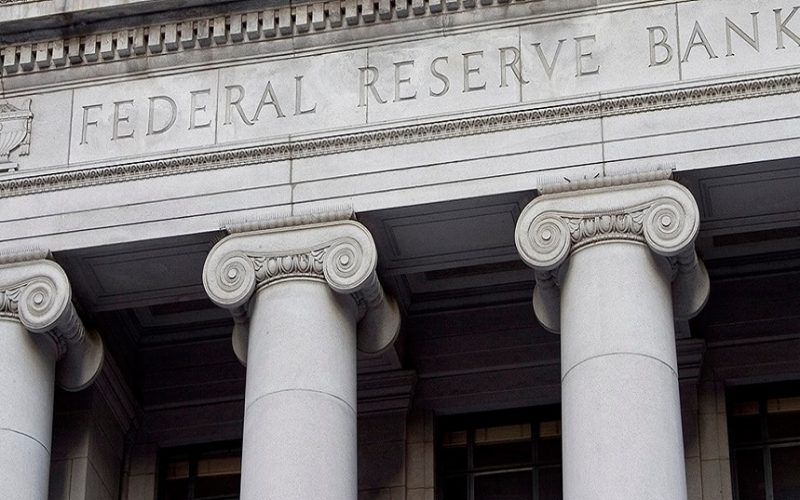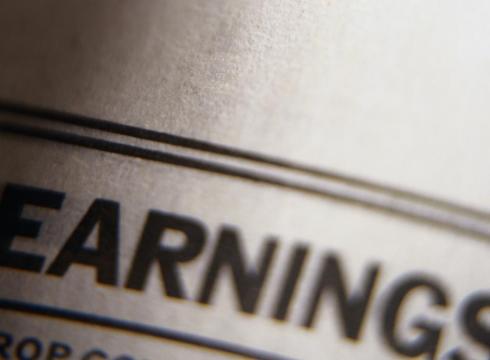by Liz Ann Sonders, SVP, Chief Investment Strategist, Charles Schwab & Company Ltd.
The Federal Open Market Committee (FOMC) announced the start of balance sheet tapering at a pace of $15 billion per month ($10 billion of Treasuries and $5 billion of mortgage-backed securities). They made no change to the fed funds rate, which remains near the zero bound. After reductions this month and in December, the statement noted that “the committee judges that similar reductions in the pace of net asset purchases will likely be appropriate each month, but it is prepared to adjust the pace of purchases if warranted by changes in the economic outlook.” The bolded emphasis is mine, to highlight that the FOMC could change the pace of purchases if necessary … as such, we still don’t officially know the end date to the tapering process.
Rate hikes in 2H22?
The announced initial pace of the taper clears the way for the start of rate hikes sometime in the second half of the year; moving in line with the market having recently priced in two hikes by the end of next year. If the Fed maintains the pace of purchases laid out for at least the first two months of tapering, the process will conclude in eight months (June 2022). Assuming the Fed does not change its stated objective to finish tapering before initiating rate hikes, that would put the earliest rate hike to be in the second half. In Fed Chair Jerome Powell’s initial comments after the release of the statement, he said the tapering decision does not imply anything about raising the federal funds rate; saying the test for that is more “stringent.”
In terms of the topic-du-jour—inflation—the FOMC statement added two new mentions of supply challenges that were not in September’s statement. Specifically, it noted that “inflation is elevated, largely reflecting factors that are expected to be transitory” and that “supply and demand imbalances related to the pandemic and the reopening of the economy have contributed to sizable price increases in some sectors.” They obviously decided not to retire the word “transitory,” even if they now realize that clearly means more than just a few months. Perhaps there was more than just subtlety to the change from September’s statement describing inflation as transitory, to today’s statement describing the contributing factors as transitory.
Wage growth has accelerated, as have inflation expectations; alongside a steady increase in the “stickier” components of inflation measures like the rents-based components. Fed watchers on the more hawkish end of the spectrum will likely up their criticism that the Fed is falling behind the curve.
Presser highlights
As is always the case, the highlights of post-FOMC meeting press conference with Chair Powell will cover the first 30-45 minutes or so, in the interest of getting this report published in a timely manner. In his introductory comments, Powell stressed the recent slowdown in job growth and the weakness in the auto industry courtesy of global semiconductor shortages; as well as the hit to travel and leisure spending.
Powell did stress that demand “has been very strong this year,” with healthy financial positions a contributing factor. But he said the 4.8% unemployment rate understates the “shortfall in employment,” pointing out the low labor force participation rate (LFPR). He said policy makers are focused on what they can control—which today is tapering—and it’s not yet time to look at raising rates. The time for lifting rates will “depend on the path of the economy.”
Specific to inflation and the time frame associated with “transitory,” Powell said the Fed believes inflation will wind down by next year’s second or third quarter. For now, he says there is no evidence of a wage-price spiral: “We don’t see troubling increases in wages. We don’t expect those to occur, but we’ll be watching carefully.” If wages rise materially above inflation and/or productivity gains, Powell said “that could put downward pressure on [profit] margins and cause employers to raise prices as a result.”
In the meantime, the Fed views current inflation as “not due to a tight labor market,” but instead a result of “supply-chain bottlenecks.” Powell said that the recent surge in the employment cost index (ECI), which is a broad measure of labor costs, is “just one number.” For what it’s worth, it nearly doubled last quarter relative to the second quarter (jumping from .7% quarter/quarter seasonally adjusted to 1.3%).
When Powell was pressed about the market having priced in two rate hikes in the second half of next year, he danced around the question and reiterated that the economy will dictate the trajectory of rate hikes; with options being kept open. Perhaps the lack of endorsement by Powell of the market’s rate hike pricing explains the post-meeting rally in U.S. stocks, which moved into positive territory shortly after the release of the statement.
In terms of the yield curve, the initial response was a modest steepening of the curve and a move up in breakeven rates—but the move was fleeting. The U.S. dollar dipped on Powell’s comments about pushing back on imminent rate hikes. Kathy Jones, Schwab’s Chief Fixed Income Strategist is looking for a steeper curve and rising rates over time as the Fed slow walks the tightening in policy. Real rates may rise from here due to the tapering of TIPS purchases.
From an equity market perspective, the initial reaction was positive; but stocks may have periods of volatility if economic data and/or the trajectory of inflation leads to an adjustment by the Fed of either the pace of tapering and/or the timing of initial rate hikes. Investor sentiment has become a bit frothy again recently—for now offset by healthy market breadth—but complacency itself could represent a risk that bears watching.
Copyright © Charles Schwab & Company Ltd.
















